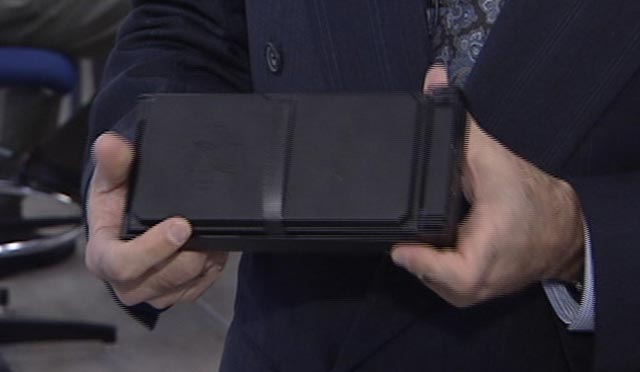The National Highway Traffic Safety Administration (NHTSA) introduced a new law, planned to be put into effect by Sept. 2014. This law requires all new cars in the U.S. to be equipped with an Event Data Recorder, also known as an automotive black box. A black box is a device installed underneath the center console of the car that records vehicle information for a short period of time before and after a collision or airbag deployment. The black box can supply valuable information that can lead to the development of safer cars. After collecting physical evidence, the black box is also able to promote justice in court cases concerning car crashes. In addition, this new law can increase the accuracy of insurance claims.
If black boxes are implanted in all cars, the collected data could help engineers and researchers increase the safety of all vehicles. When a collision occurs, sensors in multiple areas on the vehicle send information to the black box. This intelligence includes the force of impact, speed, vehicle speed, steering input, accelerator position, braking status, airbag deployment and safety belt usage. With this knowledge, engineers can evaluate whether the accident could have been prevented by a revision of the vehicle’s technology, and if so, take action to make the alterations needed to prevent future accidents.
“I believe the addition of a black box in every car in the U.S. would be beneficial because mechanics cannot always find the problem with a vehicle,” said Automotive I and II, Photography teacher and Yearbook adviser, Josh Landerer. “If a car is in a crash, the black box can tell which part of the car was not functioning correctly.”
In the case of a collision that progresses in to a court, justice can be more easily obtained if the vehicles involved in the collision contain black boxes. In 2011, former governor of Massachusetts, Timothy Murray, was in a car accident in which he claimed he was driving under the speed limit with his seatbelt fastened. However, the black box reported otherwise. The device gathered that Murray was driving over 100 miles per hour without wearing a seatbelt. After the revelation of this evidence, Murray admitted to falling asleep behind the wheel. Murray ultimately paid his fine and no other parties involved in the court case were wrongly penalized.
Furthermore, the process of filing an insurance claim for vehicle damage is usually tedious and easily manipulated. Insurance companies search for ways to blame the driver in order to benefit financially. Many times, an insurance company can avoid reimbursing a client because of reasonable doubt that this client was at fault in the accident. A black box in the vehicle can assure that an insurance claim will be fulfilled and justified when it should be.
The NHTSA’s request to pass the new law that installs a black box in every new car in the nation should be granted simply for the amount of technological improvements that the box can inspire. The box can help prevent accidents and create safety, as well as ensure more common justice in courts and certainty of insurance claims. Thus, the black box will be a magnanimous addition to all cars








